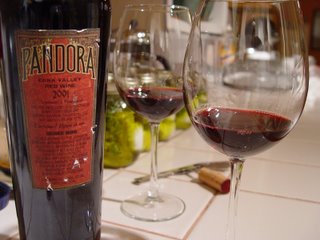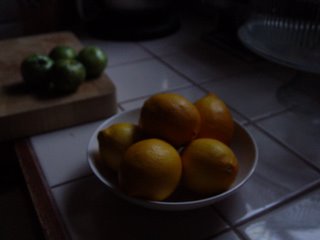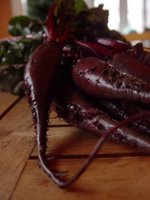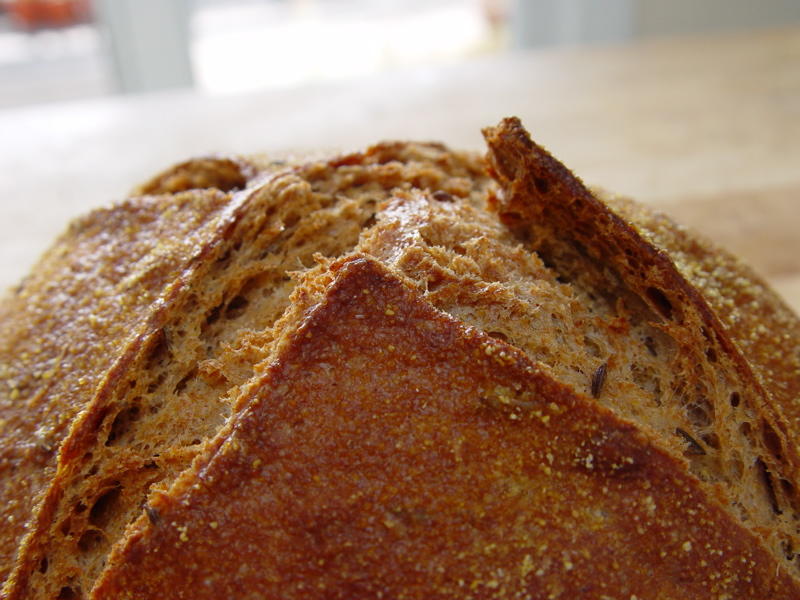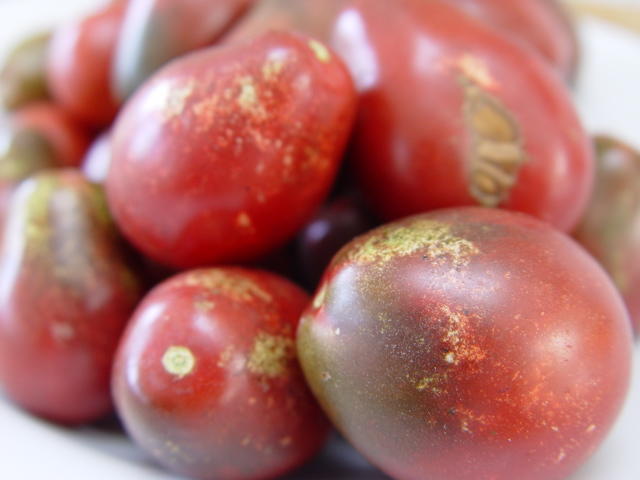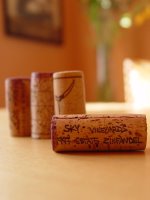 The short version of my introduction to the cured meats of Armandino Batali would describe an impulsive mid-week trip to Napa just as the most significant flooding of the last several years was beginning to get underway. As I've no editor though, I can provide some additional color.
The short version of my introduction to the cured meats of Armandino Batali would describe an impulsive mid-week trip to Napa just as the most significant flooding of the last several years was beginning to get underway. As I've no editor though, I can provide some additional color. After several years of trying to keep up with our daily subscription to the New York Times, we pared back to weekend delivery about a year ago. Most of the time this works out just fine, but I broke down on Wednesday this week and dropped four quarters into the NYT box down on Lakeshore Avenue. The Dining Out section was a love letter to certain of my interests, with multiple articles about Napa, including Blue-Collar Napa Joins the Gold Rush.
 On the strength of the articles comments on Pilar, we made a 7:30 reservation for dinner the next day. The food there was good. Curiously plump and moist mussels with a chorizo broth were a revelation. In anticipation of seasonal excess we'd elected to make a night of it, and booked a room at a local hotel offering terraces with a view of the meandering Napa River. After dinner, we watched as local officials told concerned meteorolgists that they were very concerned about a series of approaching storms (as I write this, residents of Napa are being asked to seek shelter and to avoid downtown in particular).
On the strength of the articles comments on Pilar, we made a 7:30 reservation for dinner the next day. The food there was good. Curiously plump and moist mussels with a chorizo broth were a revelation. In anticipation of seasonal excess we'd elected to make a night of it, and booked a room at a local hotel offering terraces with a view of the meandering Napa River. After dinner, we watched as local officials told concerned meteorolgists that they were very concerned about a series of approaching storms (as I write this, residents of Napa are being asked to seek shelter and to avoid downtown in particular). By the time we made it to Dean and Deluca the next afternoon, sections of Highway 29 had already flooded. Getting into the parking lot meant crossing through a twelve inch deep puddle just as the rain started to pickup. I made a beeline for the cured meat counter and two items immedaitely got my attention.
 They were the Cinnamon Pancetta and Mole Salami of Salumi Artisan Cured Meats. For good measure I picked up a Salumeria Biellese Wild Board Cacciatorini and a quarter pound of their prosciutto, but the idea of the flavors in the other two meats stayed on my mind for the duration of the hour-plus long ride home. The mole salami had an assist, as my wife and I had a slice each at the standing room only tables at the back of the store.
They were the Cinnamon Pancetta and Mole Salami of Salumi Artisan Cured Meats. For good measure I picked up a Salumeria Biellese Wild Board Cacciatorini and a quarter pound of their prosciutto, but the idea of the flavors in the other two meats stayed on my mind for the duration of the hour-plus long ride home. The mole salami had an assist, as my wife and I had a slice each at the standing room only tables at the back of the store.The meats are produced by Armandino Batali, the father of Mario Batali, at his shop and restaurant in Seattle, Washington. The Salumi website has an informative newsletter of sorts that offers great detail on little known meats like Culatello. Regular readers (I think there are at least two of you) probably know that I'm down with Mario cause. My wife and I loved our meal at Babbo, and I thoroughly expect us to take a trip back to NYC so that we can check out Dave Pasternak's food at Esca.
It would be easy to dismiss the interest in these salumi as a function of the industry that Mario Batali has become, it would also be a mistake. Any perpetuation of the cured meat tradition of Italy is something to support, and these flavor combinations make an immediate kind of sense. The cinnamon pancetta has a savory depth that grounds the bright salt flavors that permeate the meats' fat. The spices in the mole salami accomplish a similar result.
You can order both directly from Salumi.


